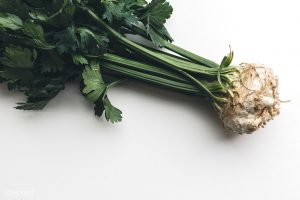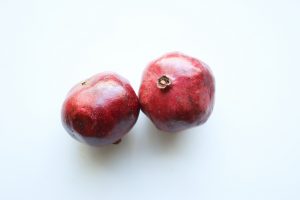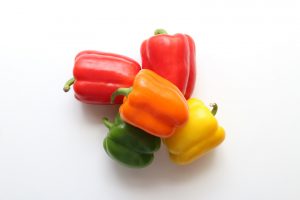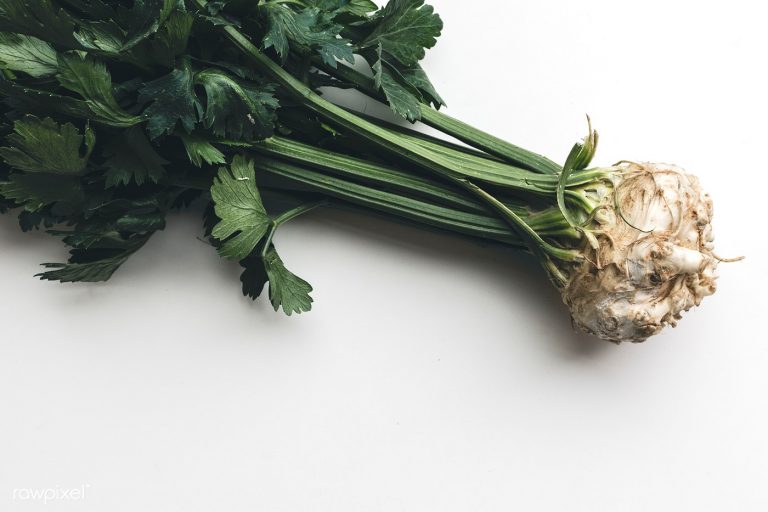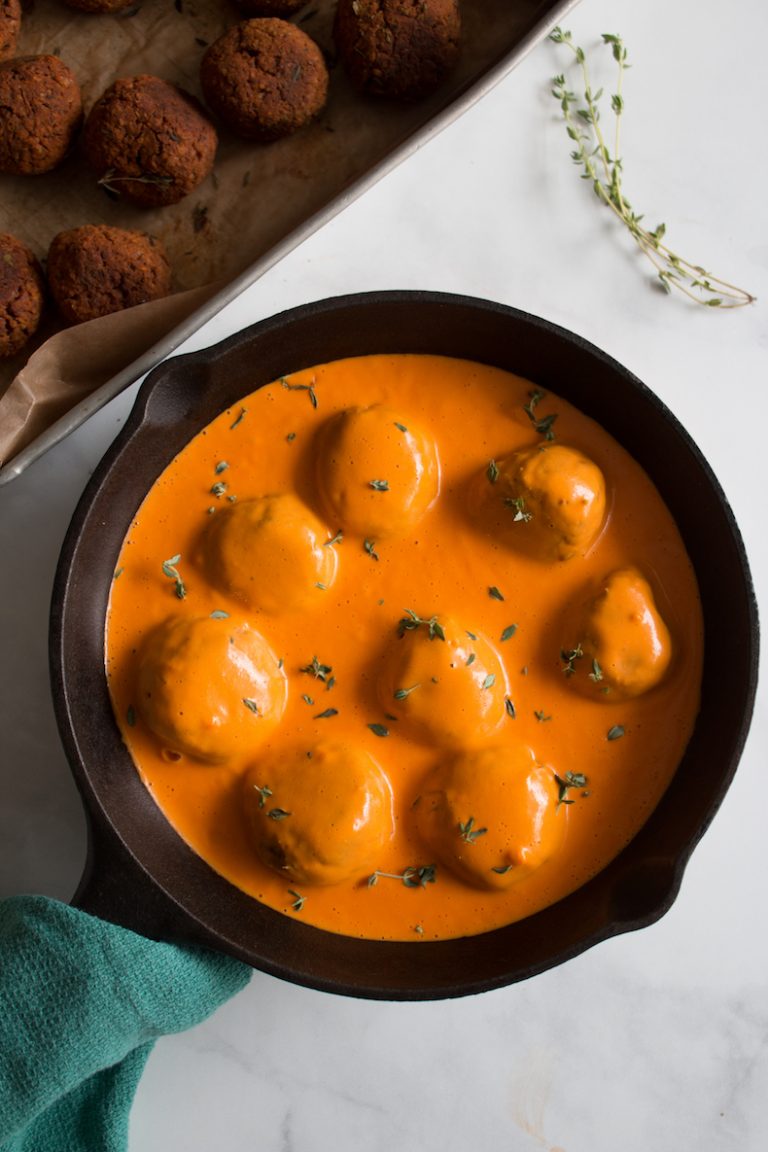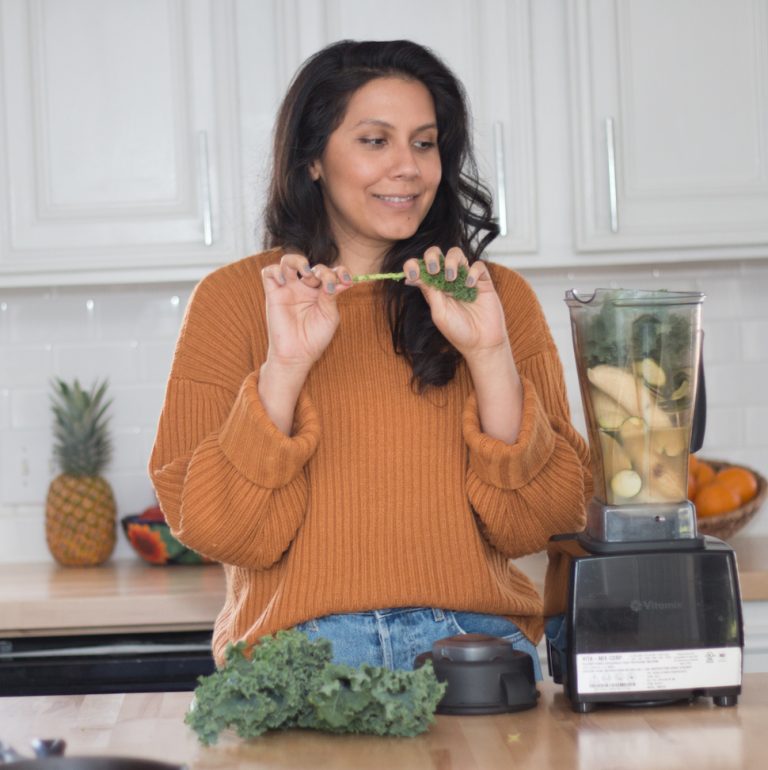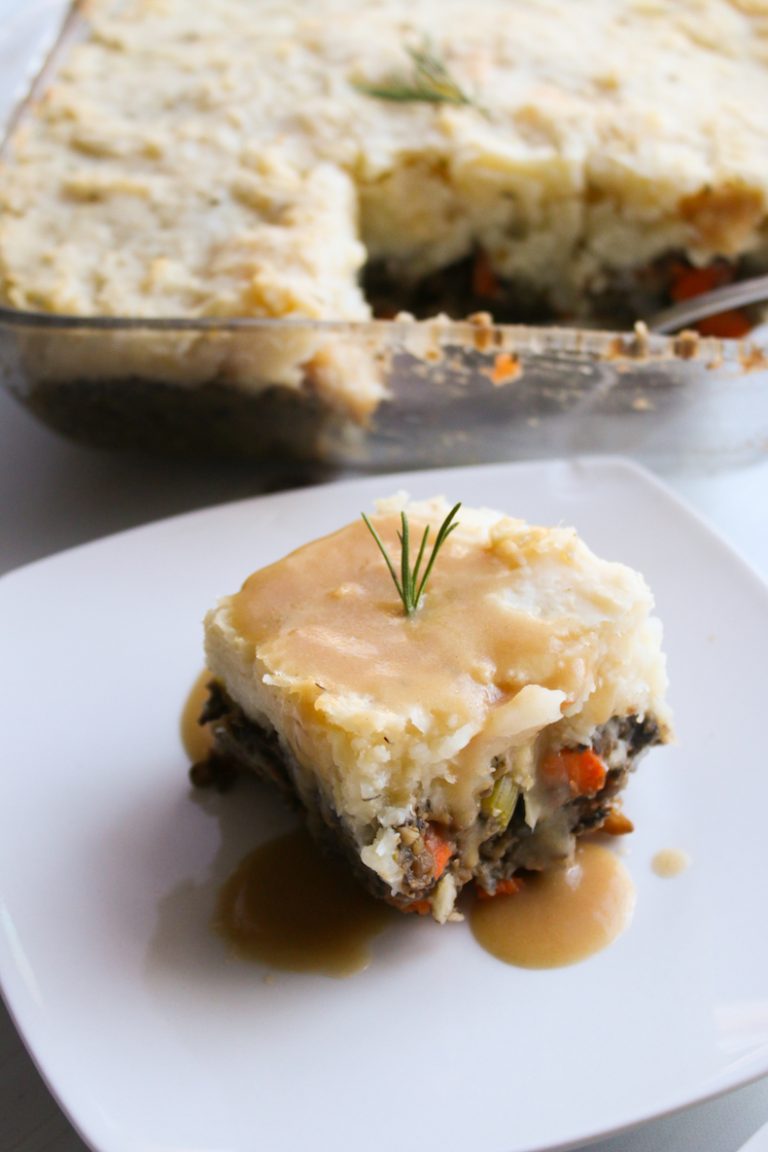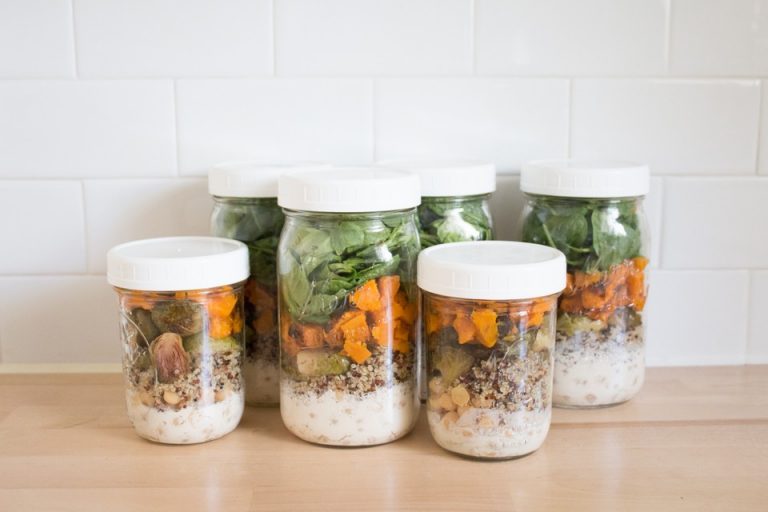My goal is for Live Simply Natural to be a resource to help you feel empowered when making food choices. I’m a big believer that eating a well-balanced diet is one of the best ways to maintain good health. So I’m breaking down everything you need to know to unlock the nutritional powerhouse of the most common whole food ingredients. Today I’m sharing one of my fall and winter time favorites – BUTTERNUT SQUASH!
Produce Guide: Butternut Squash
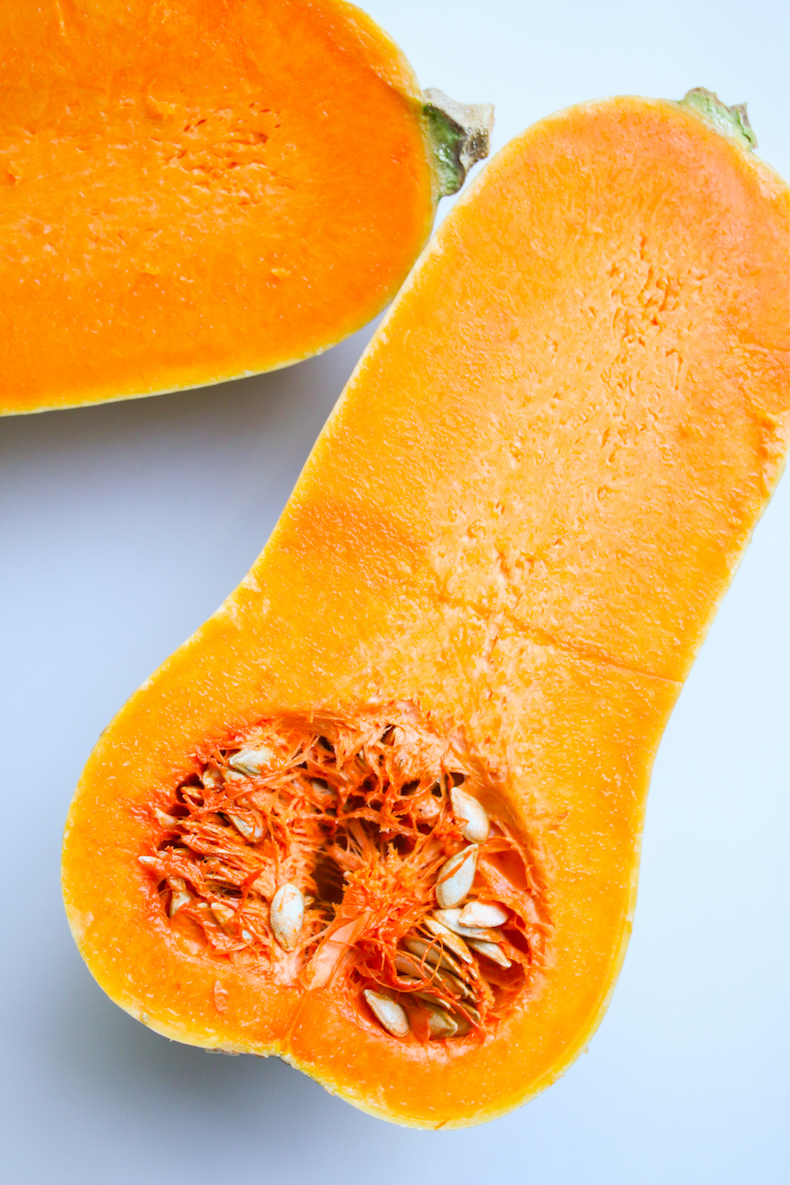
Butternut squash is typically grown in the summer and harvested in the fall but stores well over several months. Their flesh is usually yellow to deep orange, with a starchy consistency that turns creamy and sweet when cooked. Out of the hundreds of winter squash varieties, butternut squash has to be my favorite. Its easy-to-peel flesh lends itself brilliantly to pie filling; diminutive delicata, with its thin, edible skin, is wonderful sliced and sautéed in a little butter; and roasted sliced spaghetti squash has a light flavor and texture that’s perfect topped with walnut-miso glaze.
There are many varieties of squash and each has its own unique flavor and ideal uses; Dark green- and orange-skinned acorn squash has a tender golden interior that makes a candy-sweet, creamy purée; Where pumpkins are concerned, we’re partial to the small, spherical winter luxury pie variety, which makes a wonderfully silky pie filling; jarrahdale, with its tough orange flesh that makes a purée as sweet and luscious as mashed sweet potatoes; and Dickinson, a beige, football-shaped variety with a honeyed flavor.
-
HEALTH BENEFITS
Butternut Squash has a rich source of vitamin A, which is a powerful antioxidant, and essential for good skin, vision, and mucous membranes. Its orange color tells any health-conscious person one very obvious fact, that the vitamin A in the vegetable is due to the fact that butternut squash contains four important types of carotenoids – beta-carotene, alpha-carotene, lutein, and zeaxanthin. As an excellent source of dietary fiber, butternut squash can help optimize the digestive process and relieve problems like constipation and bloating. The high level of dietary fiber in butternut squash can help lower cholesterol levels, but the high level of carotenoids can also help balance your cholesterol levels and help prevent heart diseases.
NUTRIENT BREAKDOWN OF BUTTERNUT SQUASH
*per 1 cup cooked butternut squash, 100g (source)
- Fiber | 1.8 g (7% DV)
- Protein | .9 g (2% DV)
- Carbohydrates | 10.5 g (3% DV)
- Vitamin C | 15.1 mg (25% DV)
- Vitamin A | 11155 IU (223% DV)
- Folate | 19 mg (5% DV)
- Magnesium | 29 mg (7% DV)
- Potassium | 284 g (8 % DV)
- Calcium | 41 mg (4 % DV)
- Iron | .6 mg (3% DV)
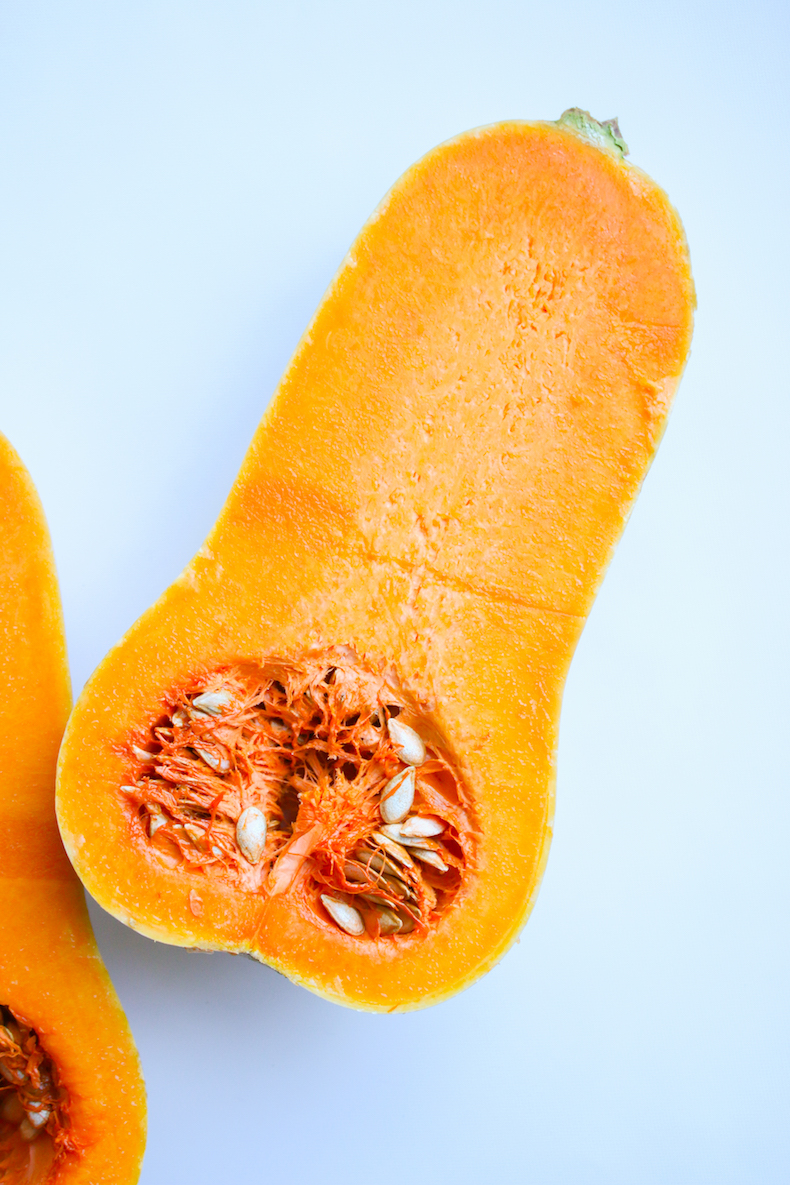
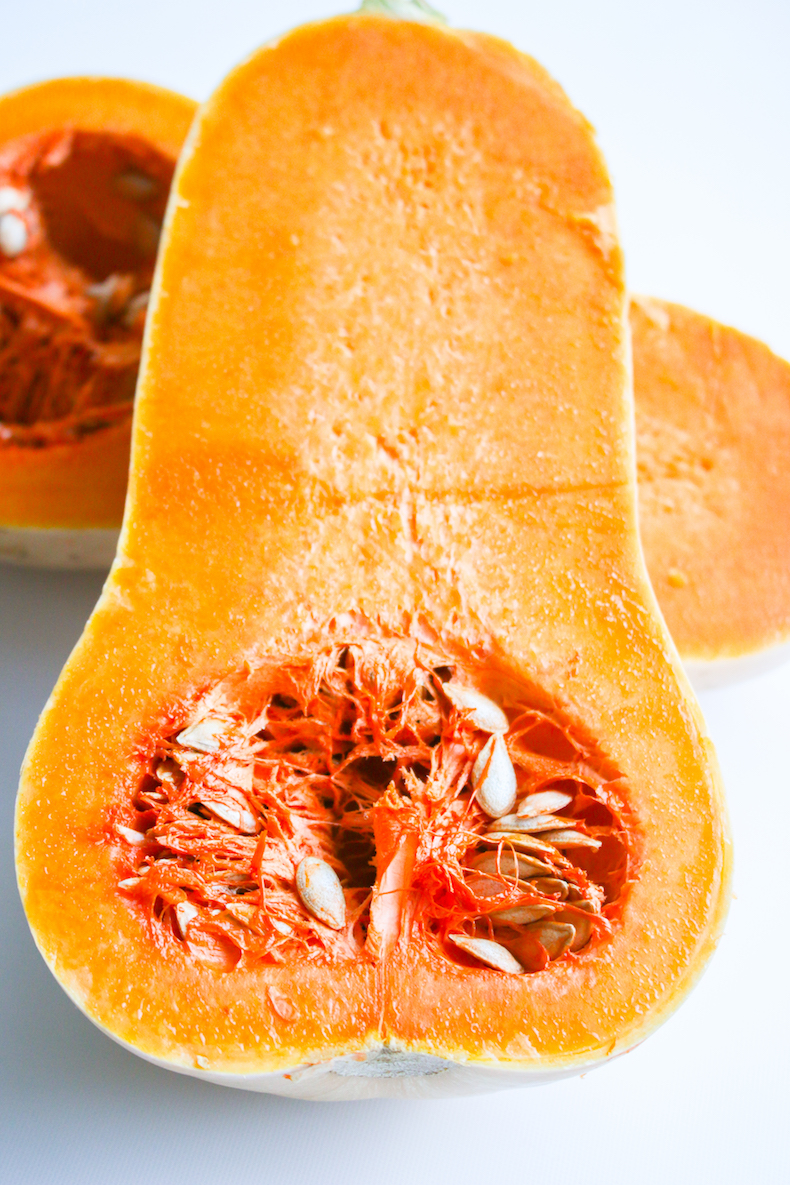
-
HOW TO BUY
When shopping for butternut quash or any quash, choose very hard squash that does not give when pressed. The skin should be deeply colored, relatively dull in appearance, and should not be easily nicked or scraped off.
-
HOW TO STORE
If you don’t have immediate plans for your celery, stored it in a cool, dark place for several weeks. Raw, cut squash will keep, refrigerated, for a few days. Cooked squash will keep in the refrigerator for 4-5 days in an airtight container and freezes well for a month.

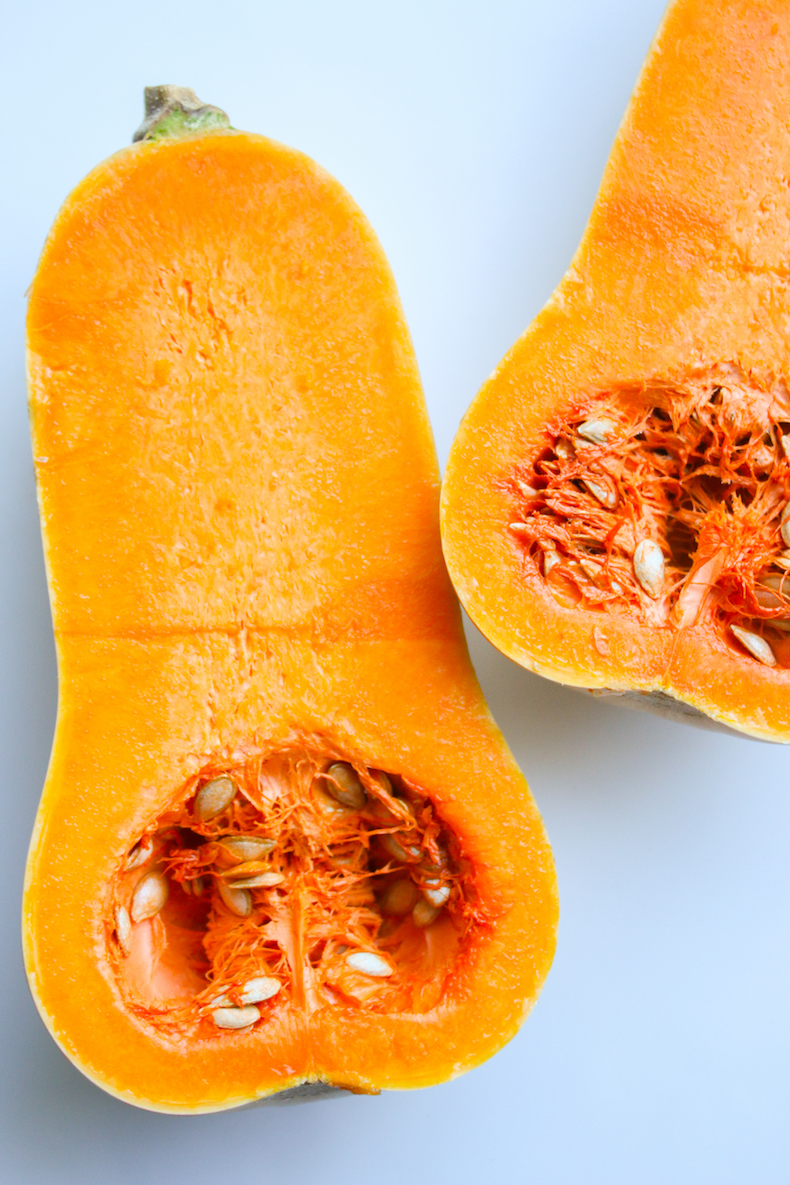
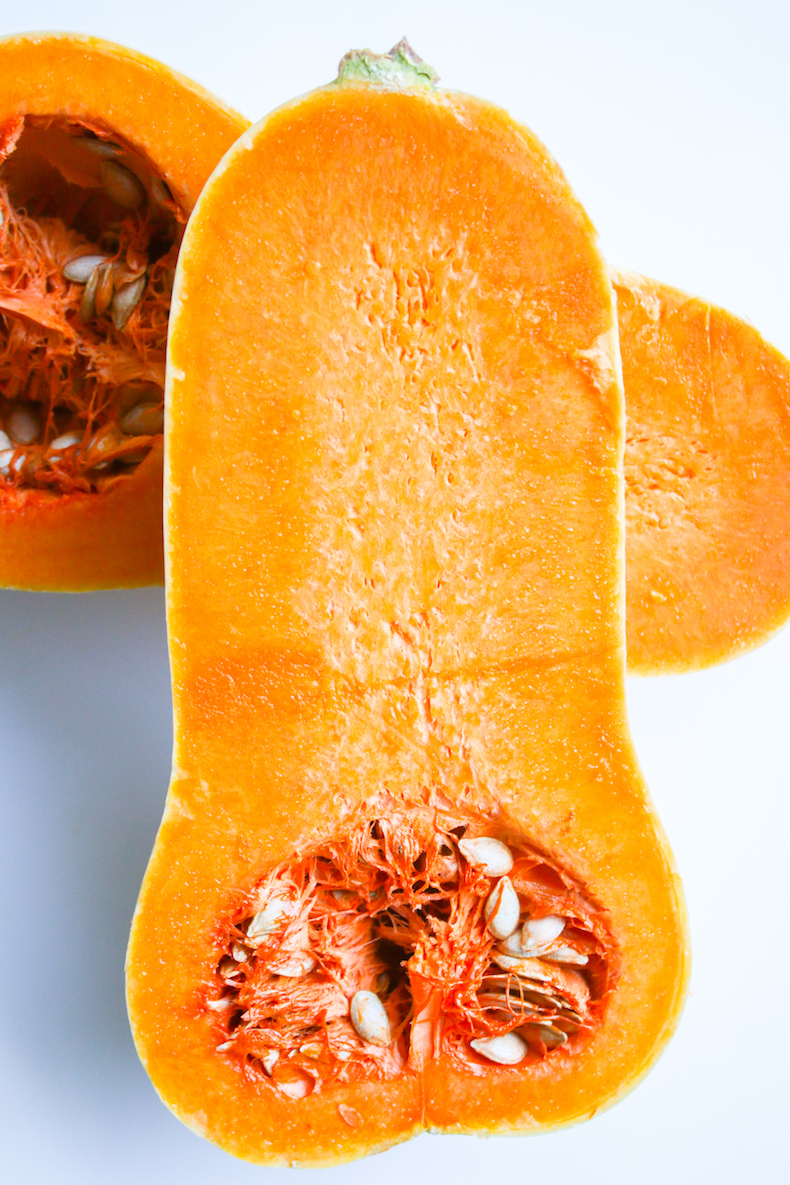
-
HOW TO PREPARE
If cooking whole, squash needs little more than a good scrub. For other preparations, remove the skin: Cut the bottom of the squash so it’s level, then remove the outer layer from top to bottom with a sharp knife. Slice in half, scoop out the seeds and cut into slices or cubes for cooking.
-
BUTTERNUT SQUASH RECIPES
Looking for butternut squash recipes? Check out our favorites here!
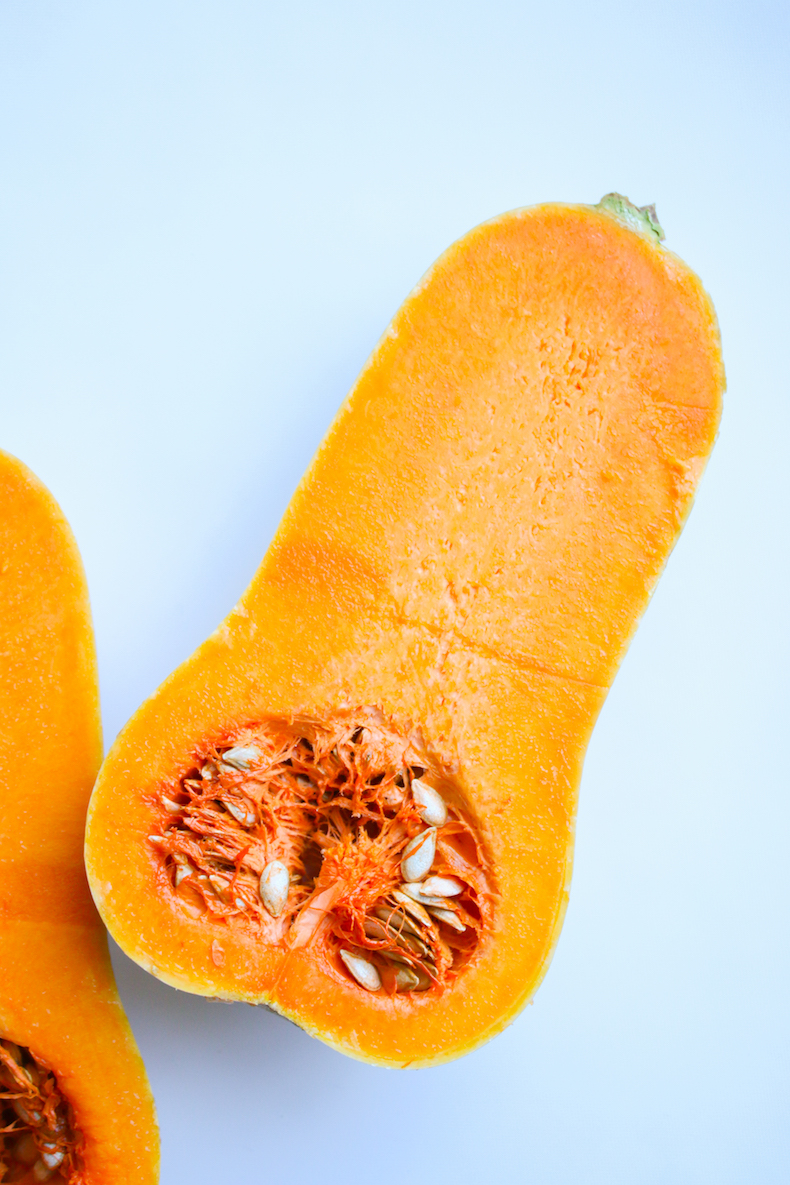
WHAT’S YOUR FAV?
What ingredient do you guys want to learn more about? And if you have a favorite way to eat butternut squash, tag @livesimplynatural or #livesimplynatural so the LSN community can get inspired by your dish too :)
Hugs,


